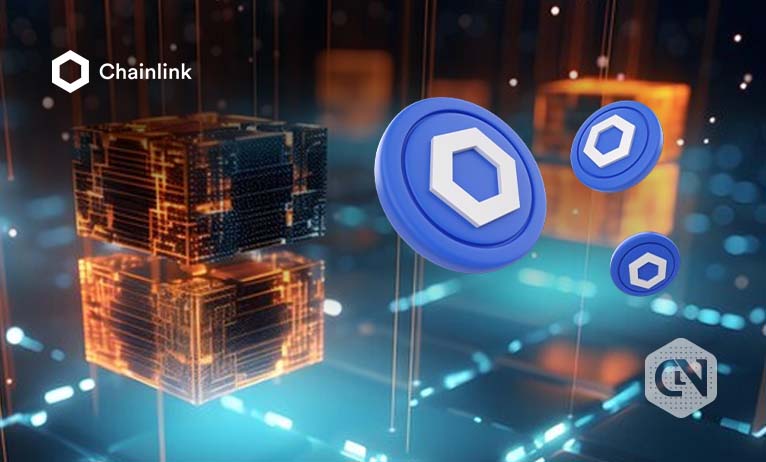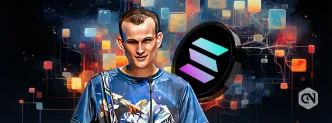With over 20 million request transactions completed for thousands of smart contracts across many blockchains, Chainlink Verifiable Random Function (VRF) is the most extensively used random number generator (RNG) in Web3. With continuous upgrades and enhancements, Chainlink VRF achieves an ultimate latency of about two seconds, allowing several innovative use cases that require fast answers.
In many blockchain use cases, including gaming, NFTs, and the arts, randomness is crucial to producing equitable results and experiences. However, guaranteeing that a source of randomness is safe is difficult, particularly in deterministic systems such as blockchain networks.
Blockchain-based RNG systems are vulnerable to manipulation since miners or validators can bias results by selectively releasing blocks that benefit them. Due to their lack of transparency, it is hard to determine whether the randomness supplied by off-chain RNG solutions has been manipulated.
Advertisement
Chainlink VRF is still essential for supporting a wide range of use cases for managing Web2 and Web3 projects at scale as the blockchain gaming industry grows and the need for on-chain verified randomness rises. By utilizing on-chain cryptography and off-chain processing, Chainlink VRF gets around these restrictions.
With the Oracle node’s pre-committed private key, Chainlink VRF combines block data that is not yet available at the time of the request to generate a random number and cryptographic proof. Only after a legitimate cryptographic proof has been produced—which it cannot if the random number generating process has not been tampered with—will the consuming program accept the random number input.
Chainlink VRF v2.5 now supports fee payments in LINK and other assets, such as native blockchain gas tokens. Unlike LINK payments, payments made in different assets are subject to a higher fee. Parallelly, work is being done on a payment abstraction system that automatically transforms fee payments received in other assets into LINK.
The update opens up new avenues for programmatically funding the on-chain predictability of VRF. To enable fully autonomous dApps that do not require a team to manage a subscription contract balance, dApps can, for instance, transfer the cost of VRF calls to end users at request time. Not only are leading blockchain games prioritizing verifiability, but Web2 and some of the biggest gaming corporations globally are also. Global brands and major gaming firms are using Chainlink VRF more and more to improve platform transparency.
Advertisement
Organizations like the NBA and Lotte Group have chosen Chainlink VRF to improve their NFT strategy. Chainlink is also the Web3 infrastructure supplier for Nexon’s MapleStory Universe. The main improvements in Chainlink VRF v2.5 make it simpler than ever for developers to create sophisticated on-chain experiences and applications with provably fair gameplay and unexpected consequences.







